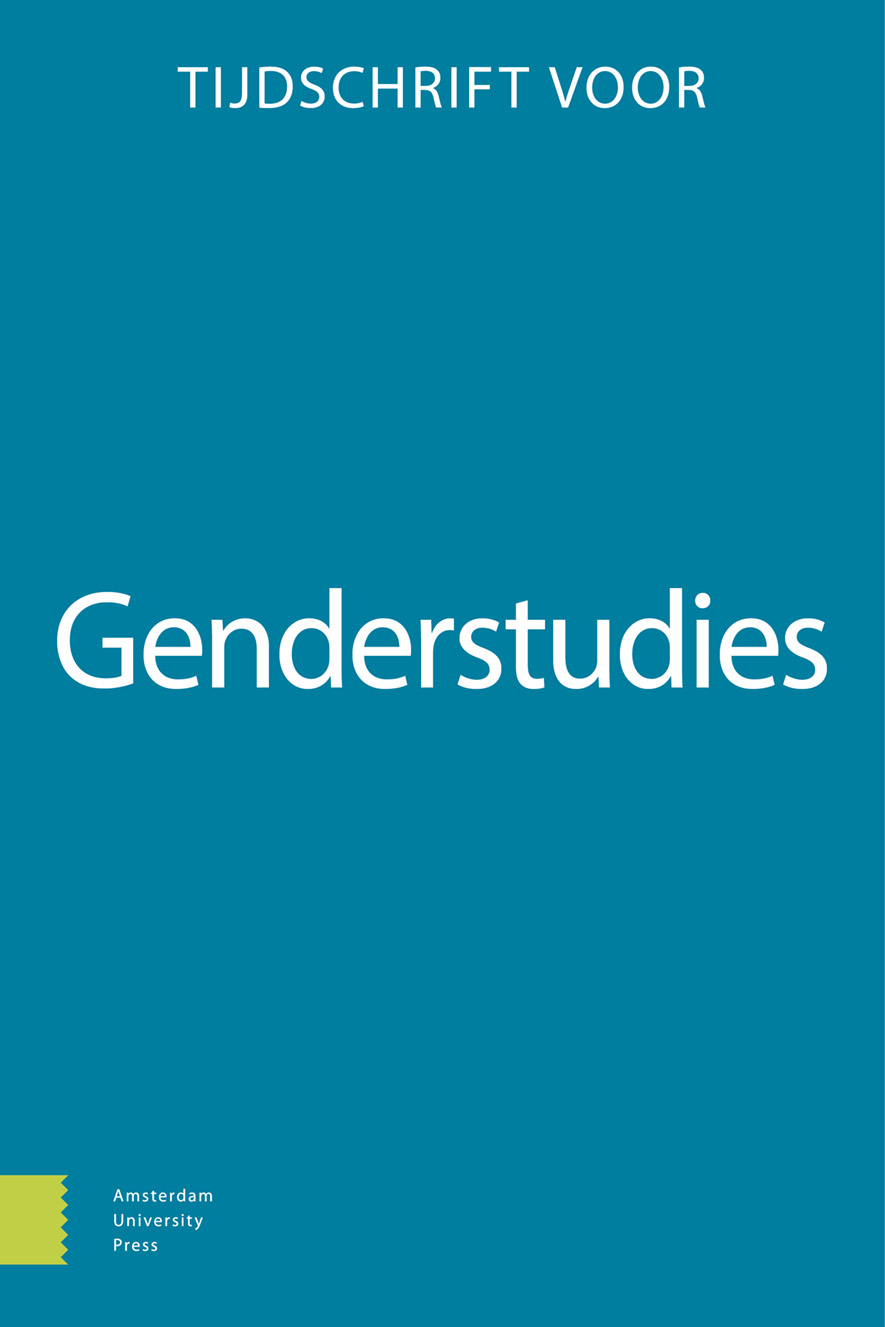-
oa Rethinking sexualities in heritage spaces
melanie bonajo’s When the body says Yes at the 2022 Venice Biennale Dutch Pavilion
- Amsterdam University Press
- Source: Tijdschrift voor Genderstudies, Volume 27, Issue 1, Apr 2024, p. 19 - 40
-
- 01 Apr 2024
Abstract
This article discusses the potential of heritage spaces to interrogate sexualities in the context of emerging scholarly debates about, and professional practices of queerness and heritage. The discussion is theoretically contextualized at the intersection between heritage studies and activism, sexuality studies and queer theory. It revolves around the Dutch Pavilion at the 2022 Venice Biennale, showcasing melanie bonajo’s installation When the body says Yes, commissioned by the Mondriaan Fund. I discuss the artist’s work through the lenses of post-porn, eco-sexuality, and pleasure activism as conceptual frames and postures that complement ongoing discussions on queering heritage by providing broader representations of different sexualities in terms of modes of desire and pleasure. I will also highlight how these frames incorporate an anti-capitalist lens that speaks to contemporary pressing challenges, such as isolation and exclusionary models of intimacy. bonajo’s approach will emerge as providing renewed perspectives in relation to the debate surrounding identity labels and their limitations; a discussion that causes division even within LGBTQIA+ groups. I will reflect on my own interpretation of bonajo’s installation to present a critical analysis of the exhibition and its potential effects. As the exhibition clearly emphasizes a focus on embodiment as learning modality, my discussion concludes by highlighting some limitations of institutional heritage spaces, as they remain normative environments in relation to the potential to explore the erotic in sensorial ways.


